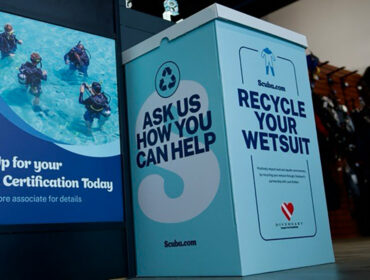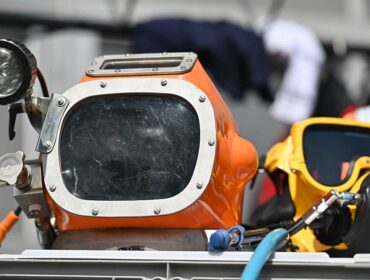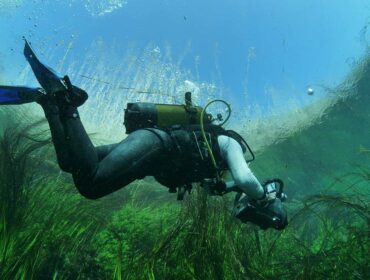One of the scariest things that can happen to a Scuba diver is an uncontrolled ascent either intentionally initiated in an emergency or by unintentionally often caused by faulty Scuba equipment. An uncontrolled ascent is also known as an Emergency Ascent which is always an unplanned ascent, where a diver aborts a dive due to equipment problems, out-of-air situation, or injury to self, or another diver which are intentionally initiated emergency ascents or unintentionally initiated ascents (also known as a buoyant ascent) when a diver can loses buoyancy and quickly get into an uncontrolled ascent by loss of weights or by a malfunctioning BCD often a sticky inflator causing the diver to ascend.
Despite being a terrifying experience, as with everything in scuba diving, it is essential to remain calm and be prepared for such an eventuality.
The first and most important thing to do should you ever need to perform an emergency ascent is to try and control/slow your rate of ascent to prevent lung over expansion injuries and possible decompression sickness. An emergency ascent caused by malfunctioning BCD inflators stuck in the on-position or loss of a weight belt, is rather scary as they affect your ability to control your ascent rate. In such circumstances a diver should perform the flaring maneuver.
The greater the cross-sectional area of an object moving in a particular direction, the greater the resistance or drag is created to the movement of the object in that direction. In short Flaring is essentially creating the most drag which is the opposite of streamlining. A Diver can slow down his ascent rate by arching his back, face-up towards the surface and extending his arms, legs and fins parallel to the surface in a spread-eagled manner (like a sky-diver but face up). If you are coming up face down, raise one elbow higher than the shoulder. This will produce an unequal buoyancy which will cause the BCD to roll you face up. This is called the Raised Elbow Technique. Also remember to continuously breathe out as you ascend to prevent lung over expansion injuries.
If you can quickly identify the cause of your ascent in time try to do so, by pulling on your BCD dump valves to ensure that all the air has escaped. Buoyancy compensator air dump valves allow air to escape faster than the low pressure inflator can fill the jacket and should stabilize the leak. If the low pressure inflator button is stuck in the on position, quickly disconnect the inflator hose and dump the air from the BCD by tugging on the air dump valves. However if you have lost your weight belt, your best option if you cannot fin downward to retrieve it or signal your buddy to control you, is to flare and prepare for an emergency ascent.






